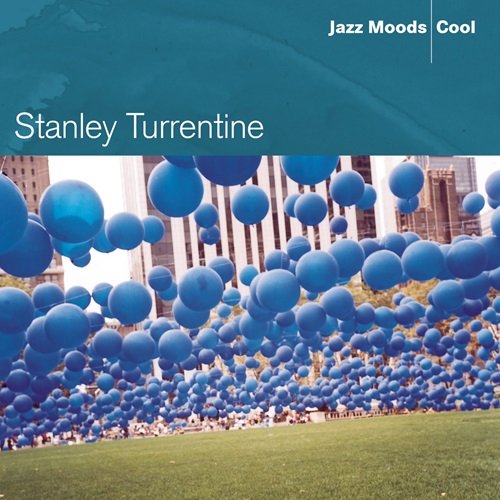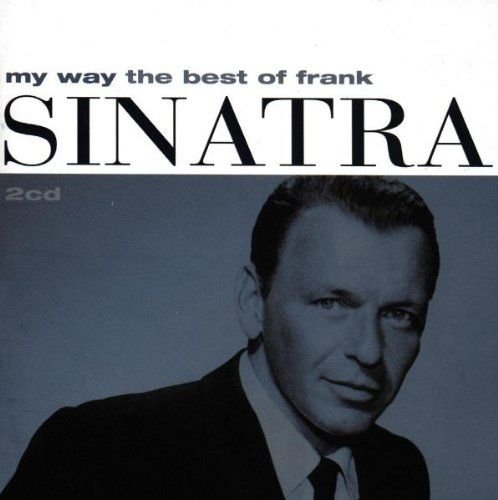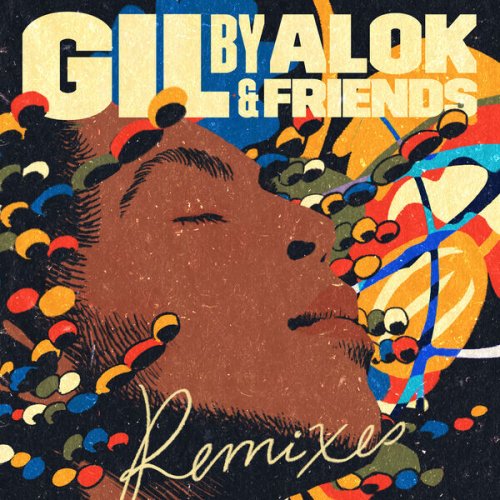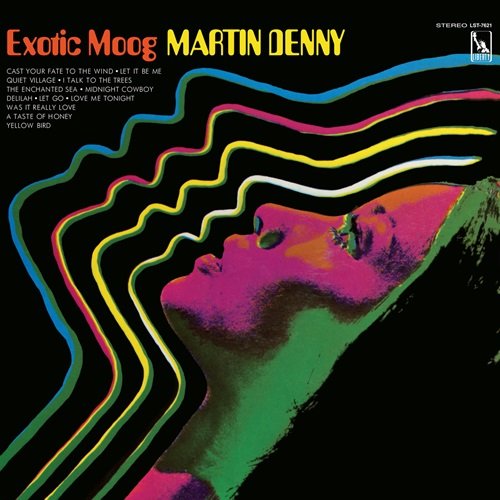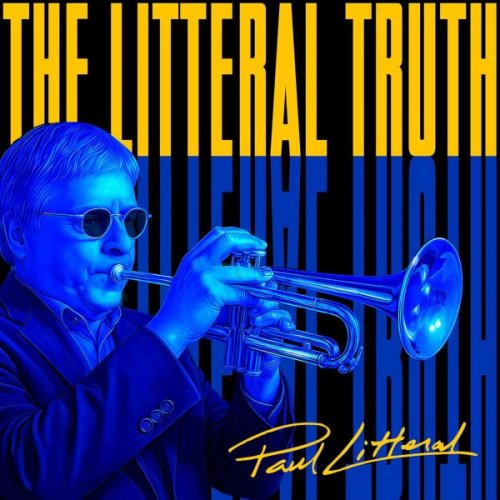Peter Verhoyen and Stefan De Schepper - Poulenc & Ravel & Schumann & Saint-Saëns & Dvorak & Auric & Milhaud & Poulenc & Rachmaninov: La gazza ladra (2017)
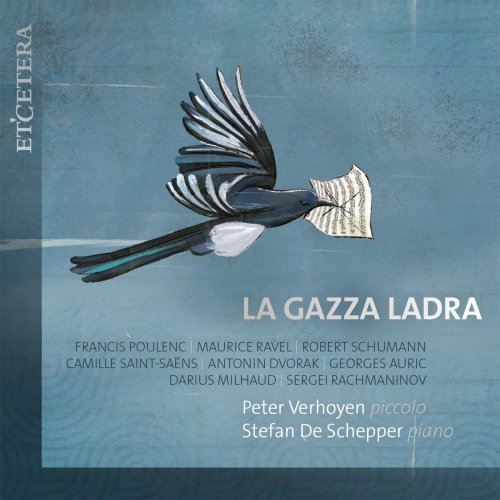
Artist: Peter Verhoyen, Stefan De Schepper
Title: Poulenc & Ravel & Schumann & Saint-Saëns & Dvorak & Auric & Milhaud & Poulenc & Rachmaninov: La gazza ladra
Year Of Release: 2017
Label: Etcetera
Genre: Classical Piano
Quality: flac lossless (tracks) +Booklet
Total Time: 00:51:40
Total Size: 206 mb
WebSite: Album Preview
TracklistTitle: Poulenc & Ravel & Schumann & Saint-Saëns & Dvorak & Auric & Milhaud & Poulenc & Rachmaninov: La gazza ladra
Year Of Release: 2017
Label: Etcetera
Genre: Classical Piano
Quality: flac lossless (tracks) +Booklet
Total Time: 00:51:40
Total Size: 206 mb
WebSite: Album Preview
01. Oboe Sonata, FP 185: I. Elégie (Paisiblement, sans presser)
02. Oboe Sonata, FP 185: II. Scherzo (Très animé)
03. Oboe Sonata, FP 185: III. Déploration (Très calme)
04. Tzigane, M. 76
05. Three Romances, Op. 94: 1. Nicht schnell
06. Three Romances, Op. 94: 2. Einfach, innig
07. Three Romances, Op. 94: 3. Nicht schnell
08. Introduction & Rondo capriccisoso, Op. 28
09. Humoresque No. 7, Op. 101
10. Scherzo
11. Exercice musical
12. Vilanelle, FP 74
13. Vocalise, Op. 34, No. 14
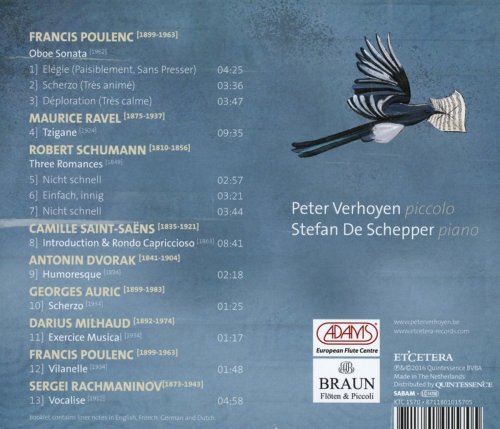
Theft is a crime, but in classical music it is considered to be an art. Johann Sebastian Bach saw nothing wrong with plagiarising music by his colleagues and then either quoting it or recycling it in other forms or arrangements. He not only transcribed several violin concertos by Vivaldi for organ or harpsichord, but also transformed the suave phrases of Pergolesi’s Stabat mater into a setting of the psalm Tilge, Höchster, meine Sünden without batting an eyelid. Such musical thievery, long before the invention of plagiarism and copyright, was not considered as criminal behaviour but as a way to demonstrate the borrower’s own imagination. Some of the greatest masterpieces from the classical repertoire could not have been created without such musical larceny; a composer who lifted notes from another did so to his own advantage. As T.S. Eliot said in connection with poetry: “Immature poets imitate; mature poets steal”. Instrumentalists are even more guilty of such behaviour with other people’s music than composers. The underlying principle, however, remains the same: a master is revealed by the use he makes of the material he has made his own. Orchestrations and transcriptions of a work can even surpass the original: Mussorgsky’s Pictures at an Exhibition was originally composed for piano and Barber’s renowned Adagio was written for string quartet, whilst Prokofiev’s flute sonata is much more familiar to music lovers in its transcribed form: his second violin sonata. Bach’s Goldberg Variations on accordion, Paganini’s Caprices on saxophone or rearranged as chamber music for piccolo and piano? Everything is possible, with the proviso that the original notes are reworked in such a manner that the piece sounds as if it had always been intended for the new instrument.
